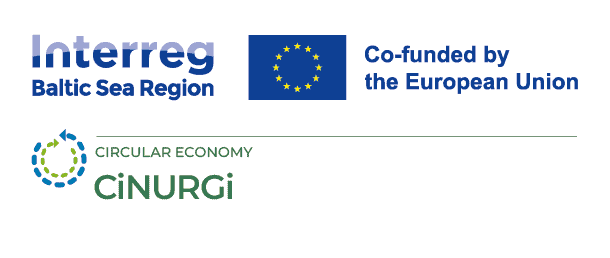
New Review Highlights Challenges and Opportunities in Adopting Recycled Nutrient Fertilizers
02 April 2025
RNFs, derived from organic biomass such as manure, wastewater sludge, and industrial food waste, offer a promising avenue to close nutrient loops by returning essential elements like nitrogen and phosphorus to agricultural soils. This approach could reduce reliance on synthetic fertilizers and mitigate environmental issues associated with waste disposal.
However, the review identifies several challenges hindering widespread adoption of RNFs. Variability in nutrient content, influenced by source material and treatment processes, complicates standardization and precise application. Additionally, concerns about contaminants—such as potentially toxic elements, microplastics, and antibiotic resistance genes—raise questions about the safety of RNFs for soil health and crop production.
Economic factors also play a significant role. Small-scale processing of RNFs often incurs higher costs compared to conventional synthetic fertilizers produced at industrial scales. Limited availability of suitable organic waste streams further restricts RNF production to specific regions. Moreover, farmer acceptance is hindered by perceptions of RNFs being less reliable than their synthetic counterparts, which are valued for consistent nutrient content and predictable crop responses.
The review emphasizes the importance of supportive policies and public perception in facilitating RNF adoption. Establishing consistent certification standards for nutrient content and contaminant levels is crucial for developing a viable market. Technological innovations like struvite precipitation and biochar production show promise but face challenges such as high costs and contamination risks. Effective policy frameworks and stakeholder engagement are deemed essential for broader acceptance.
In conclusion, the authors suggest that continued technological innovation, effective contamination management, supportive policies, and market incentives, combined with stakeholder education on the benefits and safety of RNFs, can significantly enhance adoption. These factors collectively contribute to building a more sustainable and resilient agricultural system.
The review is published in Frontiers in Sustainability.





